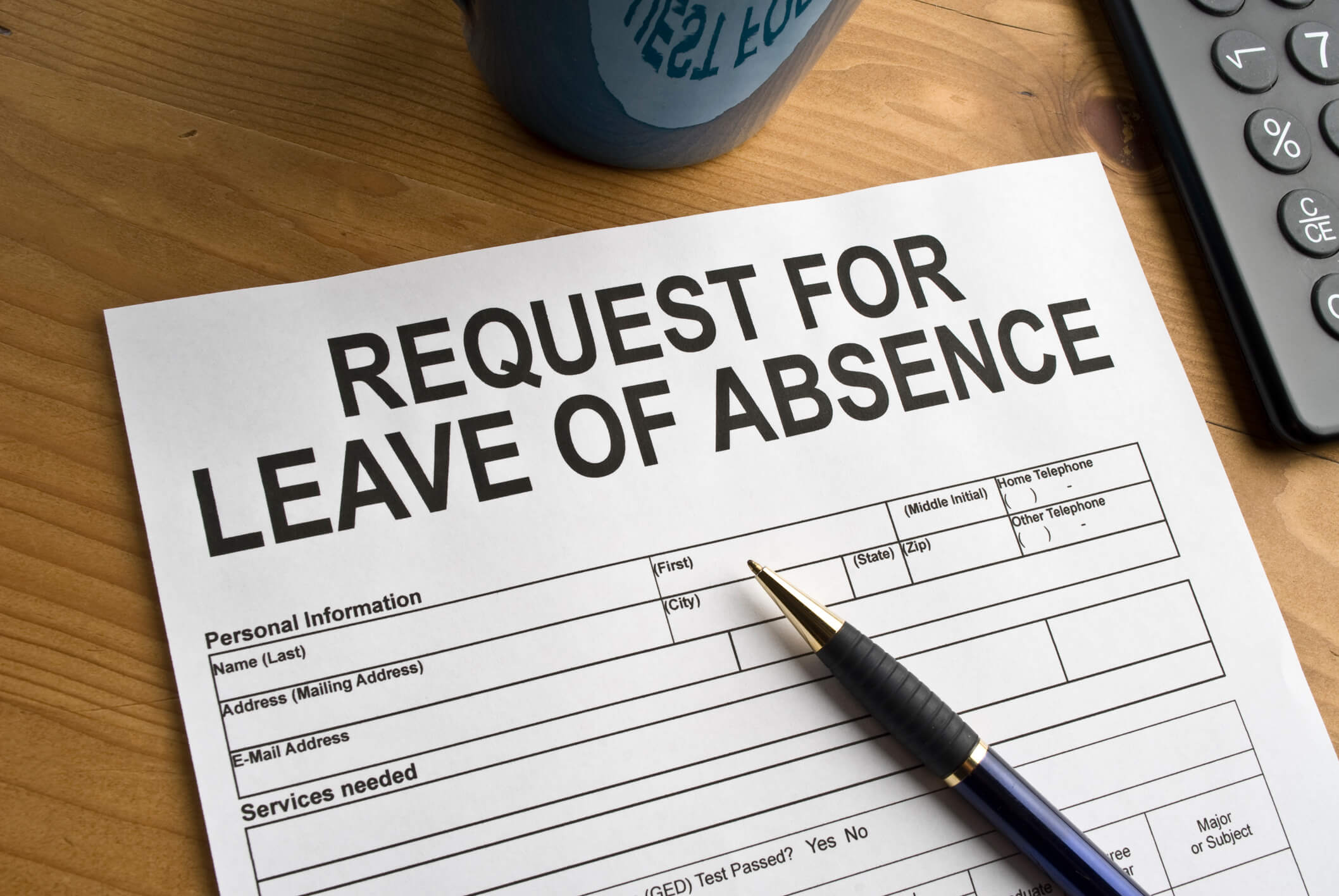In this podcast, Mike Mahoney (shareholder, Morristown/New York City) and Stephen Kenney (associate, Dallas) discuss ways in which employers can assist employees affected by federally declared disasters in a tax-efficient manner. Mike, who is chair of the firm’s Payroll Tax and Fringe Benefits subgroup, and Stephen cover disaster relief payments for reasonable and necessary expenses incurred, such as those for medical treatment, transportation, housing, clothing, and other general living expenses for the employee and household members. They also cover leave sharing options in which employees may donate leave for use by employees adversely affected by a major disaster.
Employee Support Strategies After Natural Disasters

Transcript
Announcer: Welcome to the Ogletree Deakins Podcast where we provide listeners with brief discussions about important workplace legal issues. Our podcasts are for informational purposes only and should not be construed as legal advice. You can subscribe through your favorite podcast service. Please consider rating this podcast so we can get your feedback and improve our programs. Please enjoy the podcast.
Mike Mahoney: Hello, all, and welcome to our Ogletree Deakins Podcast. I’m Mike Mahoney, a shareholder in the Morristown, New Jersey and New York City offices. I’m the chair of our payroll tax and fringe benefits team dealing with issues related to how employers compensate their employees in tax-efficient matters. Joining me today is Stephen Kenney, an associate in our Dallas, Texas office. Stephen advises clients across various industries on payroll and fringe benefit tax issues. He advises on taxes that arise from the employer and employee relationship, particularly FICA, FUTA, unemployment insurance, and income tax withholding at both the state and federal level. Today, we are going to discuss ways to help employees impacted by natural disasters. So with that, Stephen, how can employers directly provide support in a tax-efficient manner to employees who are impacted by the recent hurricanes?
Stephen Kenney: Thanks, Mike. So one of the main ways that employers can offer relief or aid to their employees during declared disasters, such as hurricanes, is through qualified disaster relief payments. So these are payments made directly to employees and they are deemed qualified disaster relief payments if they are paid for expenses that are incurred as a result of a qualified disaster and that the amount that is used to reimburse or pay for reasonable and necessary personal family living or funeral expenses.
Mike Mahoney: Stephen, what is a qualifying disaster?
Stephen Kenney: So a qualifying disaster is one that’s federally declared and that’s determined by the President of the United States. Most major natural disasters are going to be qualified disasters because they’re going to be federally declared by the president and under the Robert T. Stafford Disaster Relief and Emergency Assistance Act.
Mike Mahoney: Exactly what type of expenses may be paid for under a qualified disaster relief payment program?
Stephen Kenney: So those qualified expenses can include any amount that’s paid for the benefit of an individual employee to pay for reasonable or necessary personal family living or funeral expenses. Some of the things that these payments cannot be are for non-essential, luxury or decorative items or services, items or services otherwise compensated by insurance. That’s one to highlight right there. And cannot replace wages or salary. Another one to highlight where we could see that tripping up employees.
Some examples of these expenses that do qualify would be medical expenses, transportation expenses due to relocation, replacement housing if someone’s displaced by a disaster, replacement clothing that was lost because of the disaster or other general living expenses that arise because of the disaster. Overall, these expenses can be fairly broad, which enables the business to tailor the program to fit the particular needs of the employees.
Mike Mahoney: Are employers required to have a written plan document for this type of program?
Stephen Kenney: So the IRS doesn’t require a plan to be written down nor documentation to substantiate the amount or purpose of the payments, but it is a best practice for employers to have a written plan or have a formal memo that helps memorialize the plan so that it can be executed effectively. And that’ll help mitigate potential exposure from an IRS audit and identify parameters for reimbursement. Since the program can be so broad, an employer may want to identify certain parameters or certain limitations, place certain limitations on the program so that they can make sure that it’s effectively administered.
Mike Mahoney: Are there any other best practices or pitfalls employers should be aware of in establishing a qualified disaster relief payment program?
Stephen Kenney: So one thing I’d really like to foot stomp here is that it’s not intended to be a salary replacement. So that means that the payment should not be made based on an employee’s salary, but instead based on the particular need of an employee. So employers really want to make sure that the amounts being paid are aligned with the expenses being incurred to make sure that these expenses are reasonable and necessary, because if the expenses are deemed to not be reasonable and necessary, they very well could become taxable wages instead of these disaster relief payments that are excluded from taxable wages.
So in an effort to do that, to make sure that these expenses are reasonable and necessary, receipts may be requested, they’re not necessarily required, so employers can use their best judgment as to whether they want to ask for receipts depending on what the expense may be. For instance, if somebody has to stay in a hotel for a week because they’ve been displaced, maybe it’s easier to get that type of receipt, but it may not make sense to get a receipt if somebody has to go out and stock up on bottled water because their plumbing has suffered impact from the natural disaster.
There are other options out there that really focus on how employees may help each other beyond how employers can help employees. So as we think about those other options, Mike, do you mind sharing something in particular if the employees want to help other employees?
Mike Mahoney: Absolutely. So another option would be an employee leave or PTO sharing program. An eligible leave-sharing program for major disasters allows employees to contribute leave to a bank for those employees who are adversely affected by a natural disaster. For purposes of this type of plan, an employee is considered to be adversely affected by a major disaster if the disaster has caused severe hardship to the employee or a family member of the employee that requires the employee to be absent from work. And similar to what you discussed with respect to qualified disaster relief payment programs, a major disaster for this purpose generally means a disaster declared by the president under the Stafford Act.
Stephen Kenney: Thanks, Mike. Are there any particular tax consequences when employees share leave under this type of program?
Mike Mahoney: Yeah, when the employee donates leave, the donor employee is not taxed on the leave that is donated, but the recipient employee is subject to payroll taxes when using the leave. So if the requirements that the IRS has identified or followed, the leave donor will not have to recognize income on the donated hours and instead, the recipient employee will recognize income on the donated hours that are paid out. However, if the program does not satisfy the IRS requirements, then the donor employee will be subject to payroll taxes on the leave as if that person were using the leave themselves.
Stephen Kenney: A tax-free donation can certainly inspire employees to take part in this program. So what if one of the donor employees wants to donate their leave to a particular employee that they think has been impacted by the disaster?
Mike Mahoney: So that is not permitted. The plan is not permitted to allow a leave donor to deposit leave for transfer to a specific leave recipient. That is to say you cannot cherry-pick the single employee to whom you want to give leave, rather leave must be donated to a general leave bank.
Stephen Kenney: That makes sense. So how long can a disaster leave-sharing program last?
Mike Mahoney: So there’s quite a bit of flexibility in terms of how long it may last. It has to adopt a reasonable limit based on the severity of the disaster in terms of the period of time after the disaster occurs, during which leave either can be deposited or received from the leave bank. So there is discretion on the part of the employer operating the program, but there are certain limits and it’s largely a facts and circumstances analysis based on the situation on the ground.
Stephen Kenney: Thanks. So what if we have a situation where an employee would like to cash out their PTO received under this program to get some financial relief? Would that be allowed?
Mike Mahoney: No. A leave recipient may not convert leave received under this type of plan into cash in lieu of using the leave. So stated slightly differently, there are no lump sum payments. So if a person received 40 hours of PTO, they cannot say, “Well, just give me the cash for the 40 hours of PTO.” Instead, they would have to put in the PTO typically in eight hour increments over the days where they were unable to work due to the major disaster. It is worth noting that a leave recipient may use leave received under the plan to eliminate a negative leave balance that arose due to the major disaster. However, a leave recipient may use leave received under the plan to eliminate a negative leave balance that arose due to the major disaster. A leave recipient also may substitute leave received under the plan for leave without pay used because of the major disaster.
Stephen Kenney: You mentioned earlier that employers have some latitude in determining how long a disaster leave-sharing program may last. Do they have similar latitude in determining how the leave is distributed?
Mike Mahoney: They do. There’s quite a bit of discretion on the part of the employer operating this plan. They have to make a reasonable determination based on need as to how much leave each approved leave recipient may receive under the leave-sharing plan.
Stephen Kenney: So as the employer is determining how to distribute the leave, the disaster leave-sharing program may come to a conclusion and there still may be leftover PTO in the leave bank? What happens to that leftover PTO at the conclusion of the program?
Mike Mahoney: This is a fairly significant limitation on major disaster leave-sharing programs because unfortunately, leave deposited on account of one major disaster may only be used for employees affected by that specific major disaster. So although an employer could adopt an umbrella program that would be utilized in the event of any natural disaster, a new PTO bank must be established for each natural disaster. So that is to say, leave donors have to donate for a specific hurricane, for example, and leave recipients may use leave in connection with that specific hurricane only.
Stephen Kenney: Thanks, Mike. I appreciate your insight on major disaster leave-sharing programs. This has been a good conversation. Thank you everyone for listening. I hope that this helps employers find relief options for their employees that have been recently impacted by the hurricanes, and I hope everyone is staying safe.
Announcer: Thank you for joining us on the Ogletree Deakins Podcast. You can subscribe to our podcast on Apple Podcasts or through your favorite podcast service. Please consider rating and reviewing so that we may continue to provide the content that covers your needs. And remember, the information in this podcast is for informational purposes only and is not to be construed as legal advice.
Speakers

Employment Tax
Environmental, Social, and Governance (ESG) initiatives involve unique and sometimes difficult challenges for employers that seek to develop and comply with these initiatives while minimizing the potential for audits, shareholder demands, litigation, and other adverse, reputational outcomes based on these ESG initiatives.

Leaves of Absence/Reasonable Accommodation
Managing leaves and reasonably accommodating employees can be complex, frustrating, and expose employers to legal peril. Employers must navigate a bewildering array of state and federal statutes, with seemingly contradictory mandates.

Employee Benefits and Executive Compensation
Ogletree Deakins has one of the largest teams of employee benefits and executive compensation practitioners in the United States. As part of a firm that focuses on labor and employment law, our Employee Benefits Practice Group has a special ability to relate technical experience to the client’s “big picture” issues.

Wage and Hour
Ogletree Deakins’ Wage and Hour Practice Group features attorneys who are experienced in advising and representing employers in a wide range of wage and hour issues, and who are located in Ogletree Deakins’ offices across the country.




